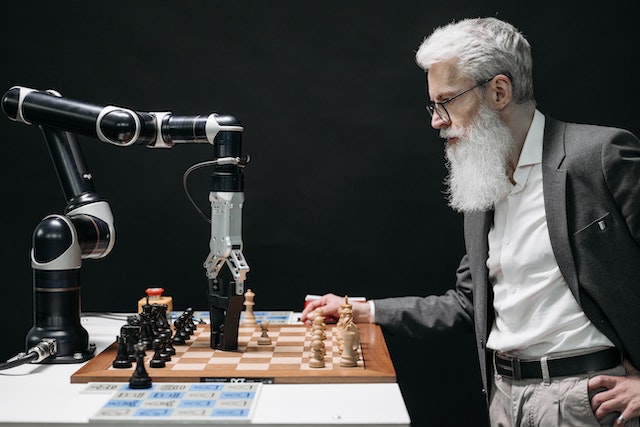
Innovation has always been a driving force behind societal progress, and nowhere is its impact more profound than in the field of education. As experts in this domain, we are thrilled to explore the dynamic landscape of educational innovation, its transformative effects, and the exciting potential it holds for shaping the future of learning.
The Changing Landscape of Education
Education has evolved significantly over the years, transitioning from traditional classroom settings to more dynamic and flexible learning environments. Thanks to technological advancements and a growing understanding of diverse learning styles, educators and innovators are embracing novel approaches that cater to individual needs and foster a deeper understanding of subjects.
Personalized Learning: Tailoring Education for Every Student
One of the most remarkable innovations in education is the concept of personalized learning. This approach recognizes that each student has unique strengths, weaknesses, and learning preferences. Through the use of data analytics and AI-powered platforms, we educators can gather insights into students’ progress and adapt instructional strategies accordingly. This not only enhances engagement but also promotes mastery of concepts by allowing students to learn at their own pace.
Blended Learning: Marrying Tradition with Technology
Blended learning is another innovation that has gained momentum in recent years. This approach combines traditional classroom instruction with digital tools and resources. It acknowledges the importance of face-to-face interactions while harnessing the benefits of online platforms, enabling students to access content, collaborate, and engage with us educators beyond the confines of the physical classroom. This flexibility has proven invaluable, especially in the face of unforeseen disruptions like the global pandemic.
Gamification and EdTech: Making Learning Engaging and Interactive
Innovations in educational technology (EdTech) have revolutionized the way students engage with content. Gamification, for instance, employs game-like elements to make learning more interactive and enjoyable. This approach not only captivates students’ attention but also nurtures critical thinking and problem-solving skills. Similarly, virtual reality (VR) and augmented reality (AR) technologies provide immersive experiences that transport students to historical events, scientific simulations, and other captivating learning scenarios.
Global Connectivity: Expanding Horizons through Online Learning
The digital age has facilitated global connectivity, enabling students to learn from experts and peers around the world. Online courses and virtual classrooms transcend geographical barriers, offering access to specialized knowledge and diverse perspectives. This democratization of education empowers learners to explore subjects that might not be available in their local institutions and encourages a broader understanding of the world.
Challenges and Considerations
While the potential of educational innovation is vast, its implementation is not without challenges. Equity in access to technology and resources remains a pressing concern. We educators must also strike a balance between embracing new methods and preserving the fundamentals of effective pedagogy. Additionally, the rapid pace of technological advancement necessitates ongoing professional development for us to ensure we can harness these tools effectively.
Conclusion
As experts in the field of education, it’s evident that innovation is reshaping the way we learn and teach. From personalized learning to the integration of technology, these innovations are opening up new possibilities for engaging and effective education. By fostering a culture of innovation, we can continue to revolutionize education, equipping learners with the skills they need to thrive in an ever-evolving world. As we embrace these innovations, let’s also ensure that accessibility and pedagogical principles remain at the forefront, creating a truly transformative and inclusive learning landscape.
